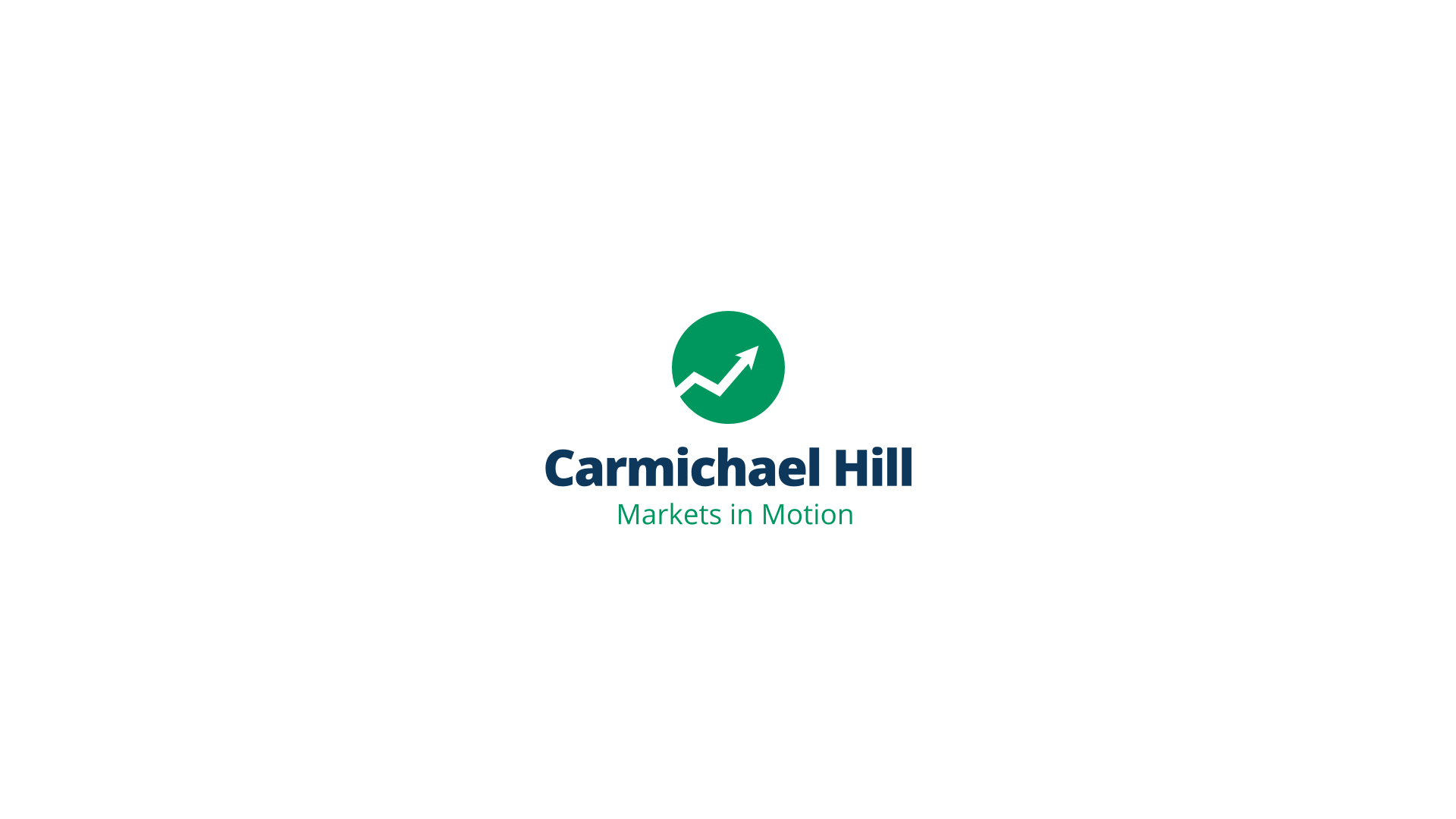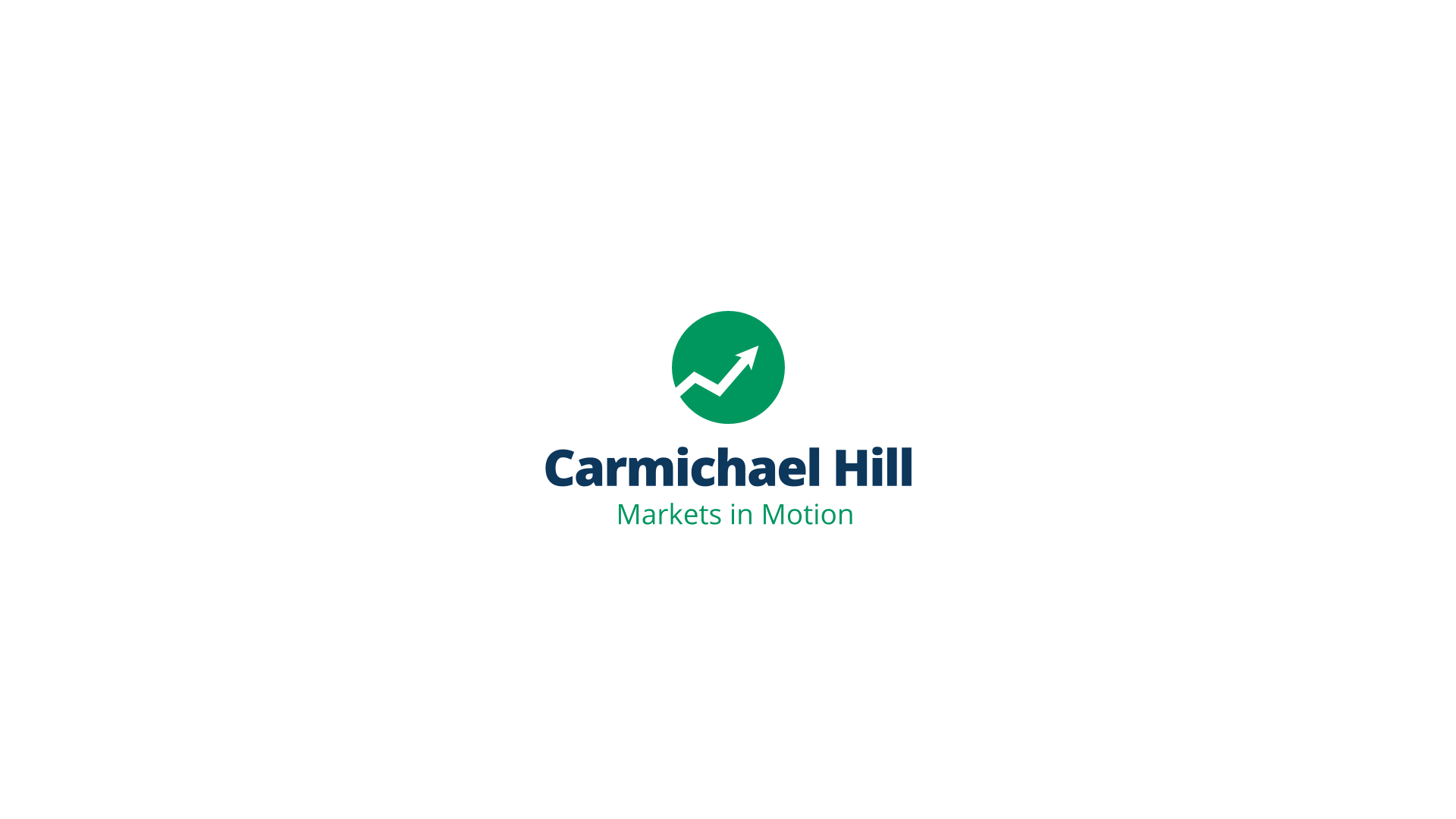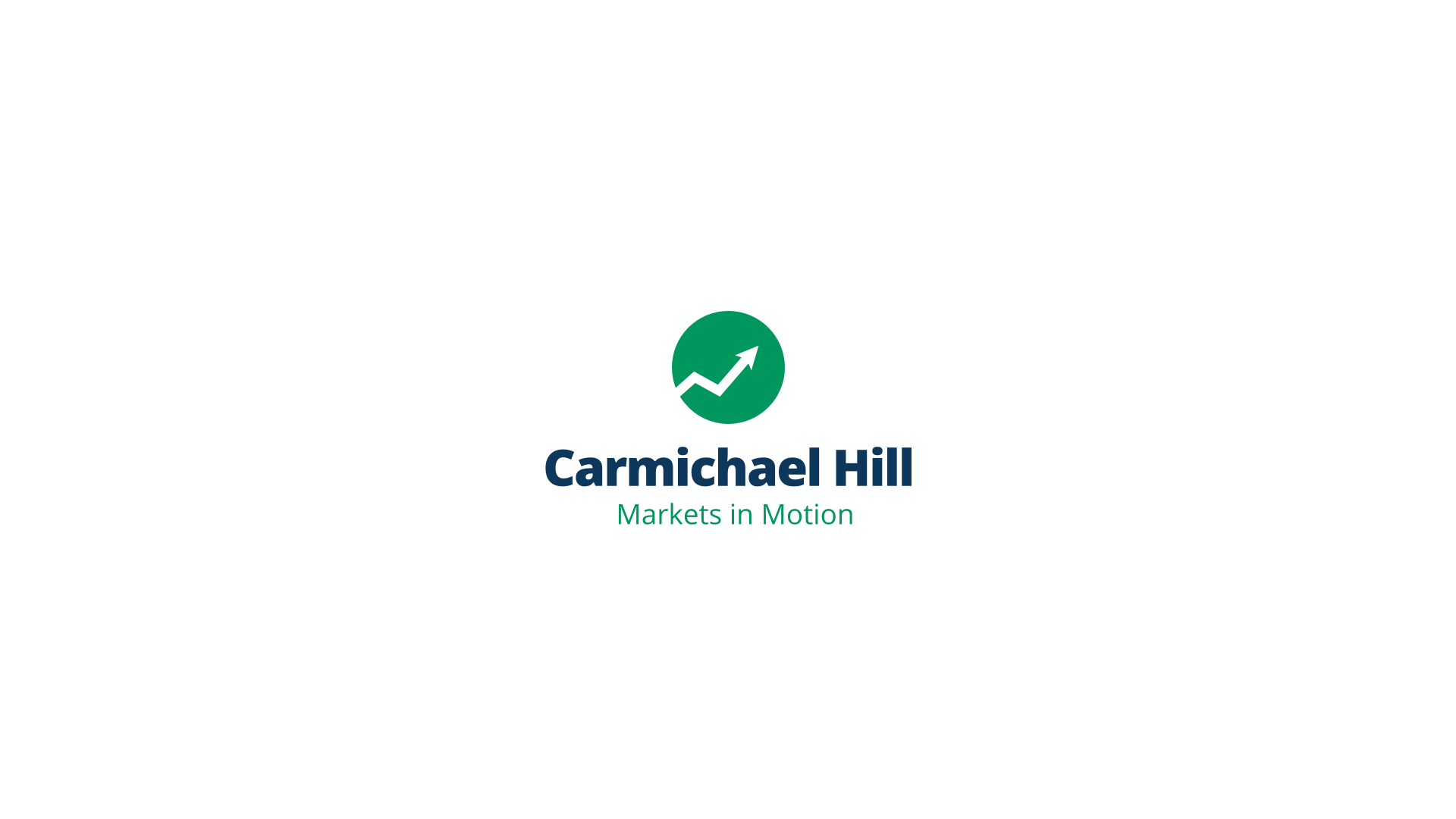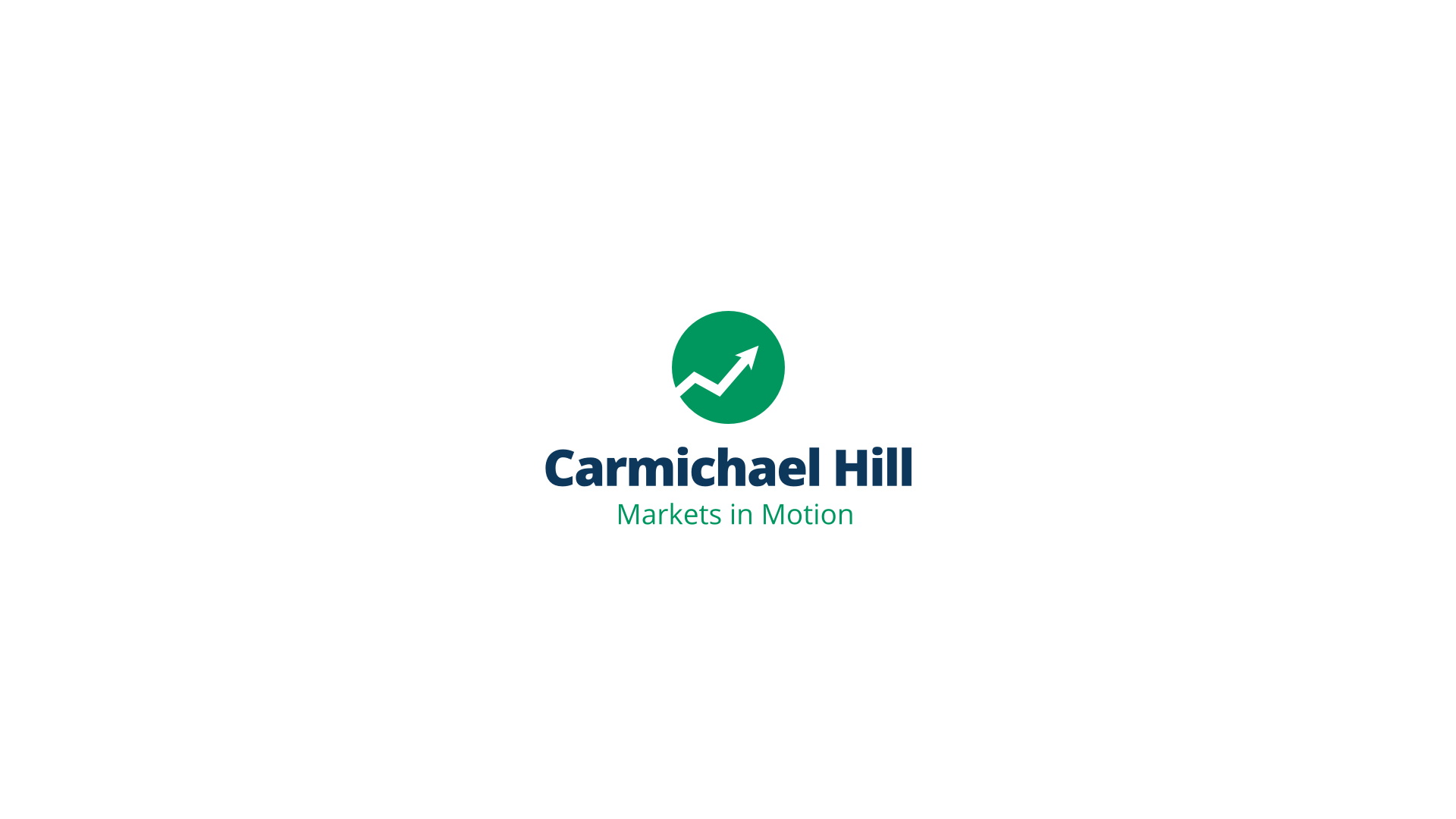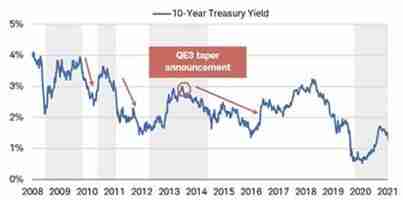By James Stewart and Matt Bacon
March 16, 2020
Fears abound as volatility continues to roil the markets, the likes of which haven’t been seen in over three decades. The last few weeks have broken records and set new ones, and no, not in a good way. Thursday, March 12th saw the largest single-day point drop ever until today, which was slightly worse. Black Monday in October of 1987 still reigns supreme when measuring declines as a percentage loss. The S&P 500 is in bear market territory. What’s more, it got there in just sixteen days. This is almost twice as fast as the famed crash in 1929 that kicked off The Great Depression. (Analogous comparisons beware – the market downturn of today has little in common with and little to suggest that we are headed for anything remotely like the depression of the 1930s).
Friday, March 13th saw a rebound of over 9%, making it one of the largest single-day gains in history. Why? It looked like there was some good news on the Coronavirus. President Trump held a press conference announcing a plan to increase testing in the US and the market rose. Ultimately, what we’ve witnessed over the last few weeks is the evolution of a public health crisis to a financial crisis. It may seem unrelated, but we believe the oil price war between Saudi Arabia and Russia was the catalyst.
The US energy industry has been hurting for some time on the back of low oil prices. In fact, it was the single worst performing sector of the last decade. The price war, without a quick resolution, may very well lead to the collapse of the US shale energy industry absent government intervention. US producers simply can’t compete at current prices. (Notably, neither can Saudi or Russia but their financial reserves make this gambit possible). Factor in falling consumer demand amidst the virus outbreak and you have a perfect storm for the sector. (Thank you Mr. Putin).
Moreover, the introduction of the virus to US shores has brought the possibility, and what may become an eventuality, of an Italy or China style shut down. Maryland, for example, has announced school, restaurant, bar, casino, and gym closures. A statement from New York City Mayor Bill De Blasio suggested that schools may not reopen this year. As we wrote earlier (last week’s letter), a sharp economic contraction in Q2 is highly likely.
In response to the deepening sell-off, the Fed made an emergency 100 basis point interest rate cut over the weekend. They also announced liquidity injections and a loosening of reserve requirements for banks. Absent a viral outbreak, these measures amount to a shot of adrenaline straight to the heart of America’s economic engine. Moreover, these policies make money ‘cheap’. It’s exactly what’s needed for leveraged energy companies to refinance their debt and, potentially, increase exports with a weaker dollar.
Despite this, today’s record-setting downward slide suggests these measures had little impact. Most of the Fed’s tool kit is meant to fix demand-side problems, such as a consumer that doesn’t want to spend their money or a bank that may be hesitant to lend. Quarantine measures and forced shutdowns however present a new challenge – even if the consumer wants to spend their money, can they?
Demand is being held back artificially, which means that many of the Fed’s policy changes will be largely ineffective in the short run. Fiscal policy moves by Congress and President Trump are what is needed to get US consumers through this period of social distancing. A good thing that we’ve noticed over the past week is that the Treasury, Fed and Congress are working together. During the financial crisis of 2008/2009 it took months for them to get on the same page. The markets trade in real time while policies take time to implement hence the volatility.
It’s worth revisiting the cyclical nature of this virus. China and South Korea have shown that quarantine measures are effective at slowing the spread and turning the crisis into a manageable event. The US will reach this turning point too, and when that occurs the fuel will be ready for a sharp upward climb. The shot of adrenaline we got over the weekend hasn’t been lost; it’s simply marinating.
In the meantime, it’s best to buckle up for a bumpy ride. We believe that this is going to get worse (at least the news) before it gets better, but that it will ultimately get better. Please stay safe.




